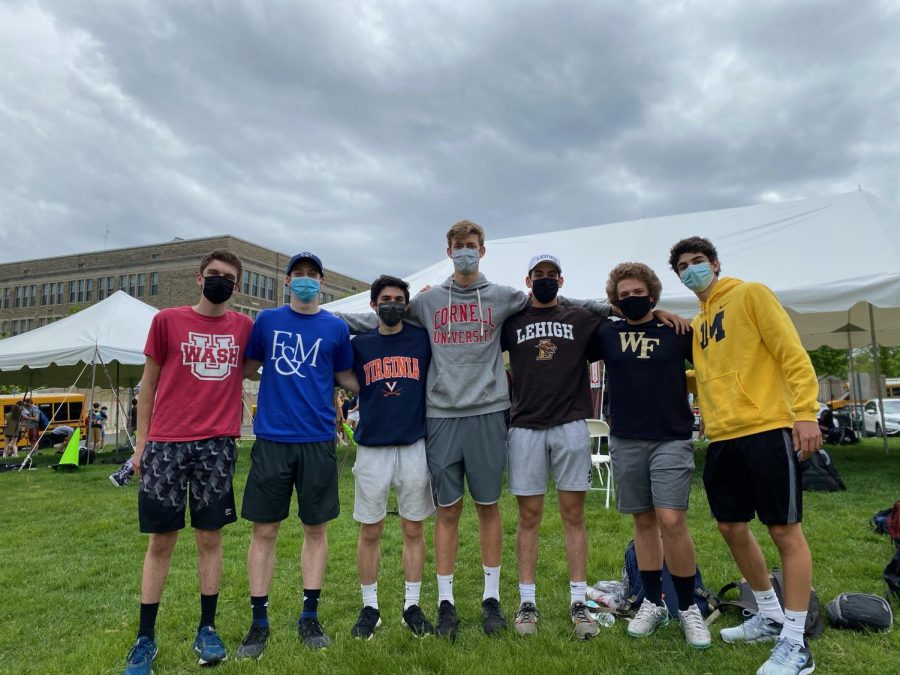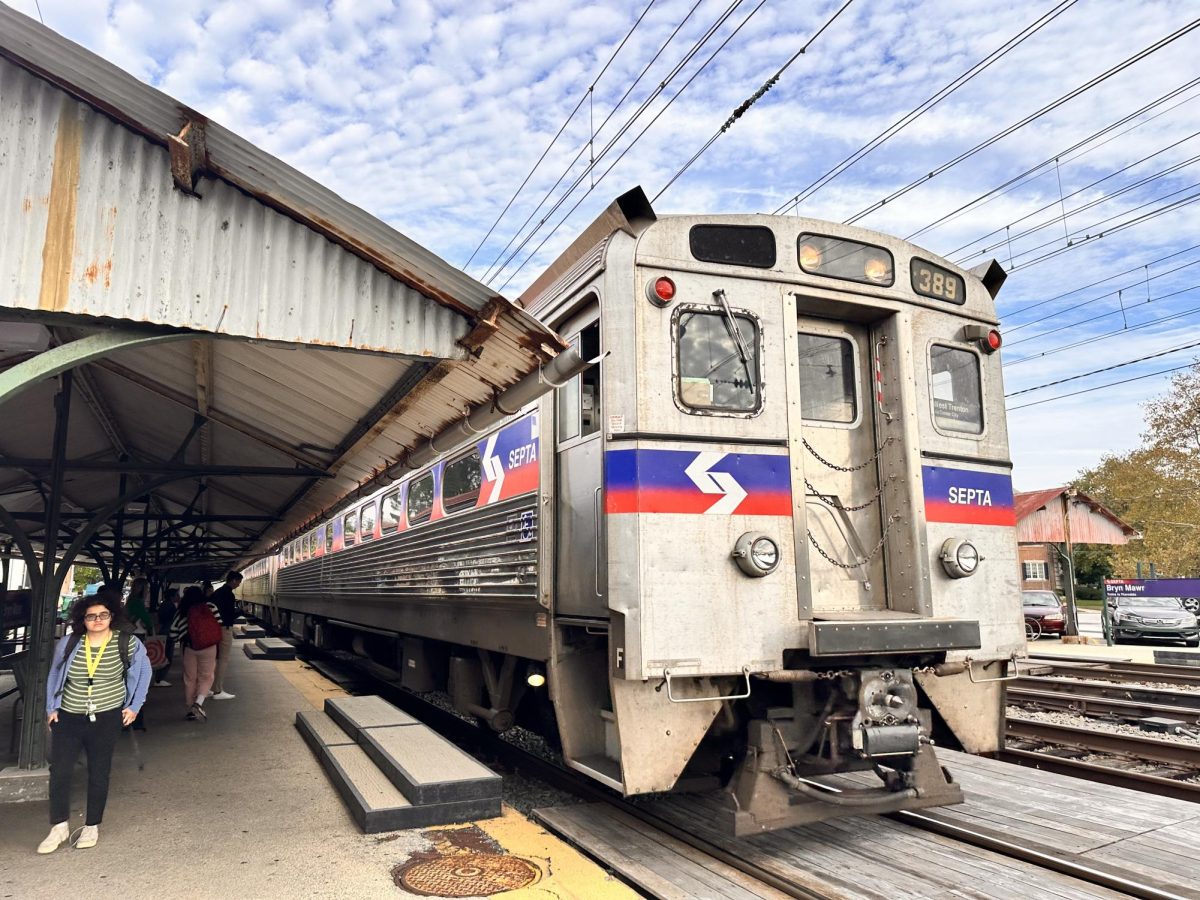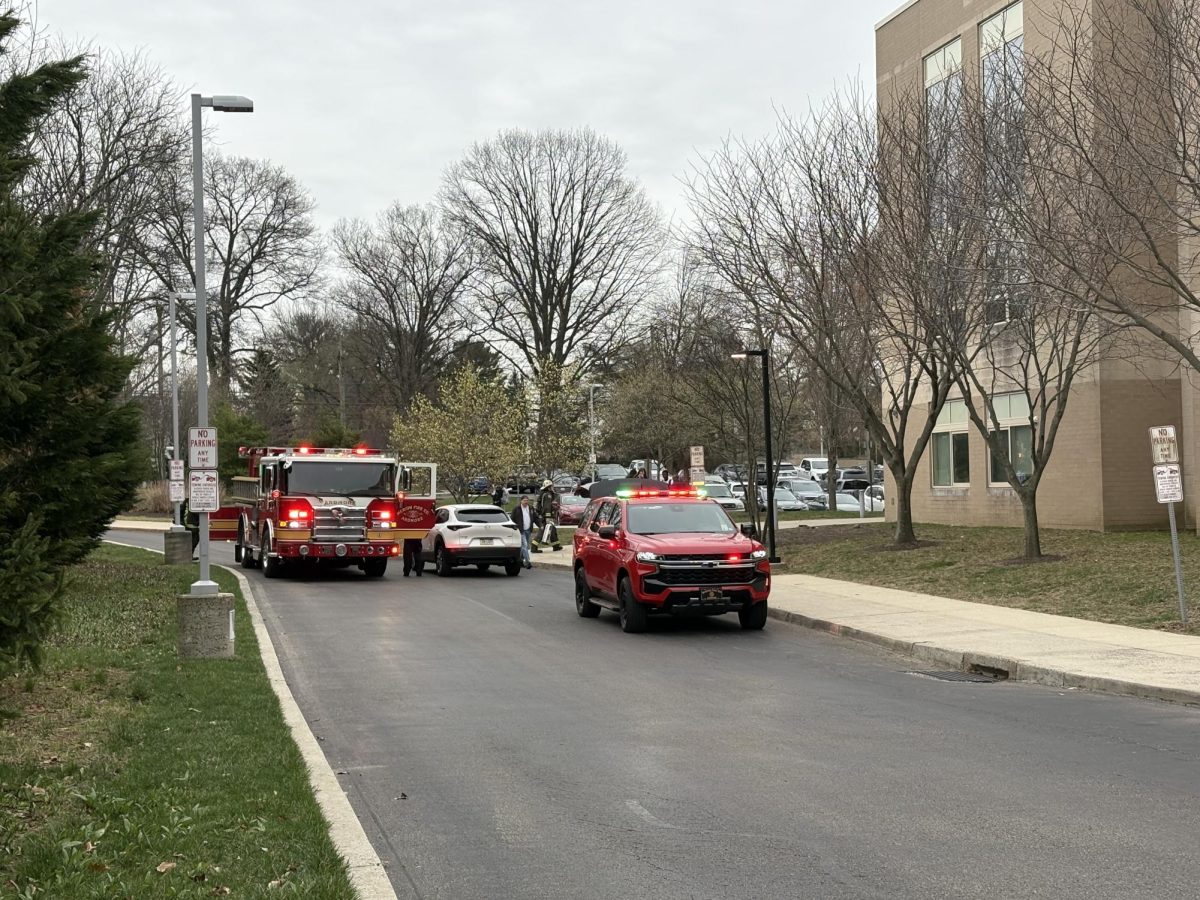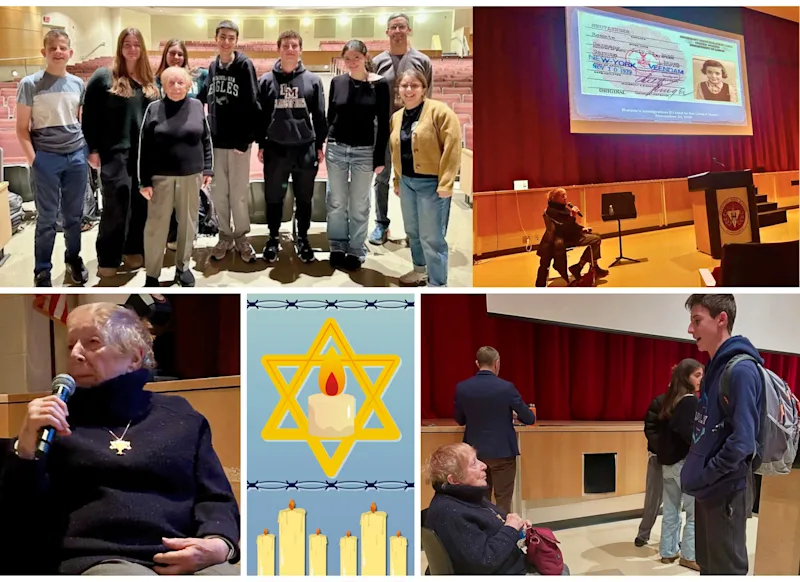Among the most stressful times of high school, and arguably, of one’s life, is embarking on the journey of the college admissions process. From taking standardized tests (often more than once), visiting scores of colleges across the country, pouring time and stress into an essay, and patiently waiting to hear back, the entire process hinders what would be a carefree senior year. As each new batch of students enters its senior year, thousands of applications flood universities throughout the country, ensuing in a wave of fear and excitement, acceptance and rejection, for those students.
However, seniors this year faced unique struggles while going through this same process. Due to last year’s lockdown, many seniors were unable to visit the very institutions that they were applying to, leaving them in doubt of what environment they would truly thrive in. According to MJ Pennington ’21, the only way to get a good look inside colleges was to do so through unorthodox methods: “I did a lot of sneaking onto campus to try and get a sense of the place without doing an official tour.” Universities also opted to waive requirements for standardized testing, resulting in many more students applying to schools they otherwise would have chalked up to a mere dream. Additionally, seniors this year had to compete with students from the class of 2020 who chose to defer or reapply to avoid experiencing college in a compromised setting during the early stages of the pandemic. Dean of undergraduate admissions at Duke University, Christoph Guttentag, emphasized the effects of deferrals from the class of 2020 stating, “Ten percent of the class entering this fall were admitted a year ago, and decided to take a gap year [leaving] fewer places than normal.” Pandemic-related college admissions posed new stressors to an already compromised senior year.
All of these factors contributed to one of the most competitive application cycles in history. Likely due to the test optional policy, competitive institutions received a notable uptick in applications. Schools such as New York University and the University of California at Los Angeles received 95,000 and 139,000 applications respectively. Additionally, the Ivy League schools released decisions a week later than they typically do, simply due to the sheer number of applications they received. According to Kelly Walter, dean of undergraduate admissions at Boston University, schools were flooded with applications but were unable to admit more students: “As more and more students apply, of course the admit rate goes down. We’re not in a position to admit additional students.”
The substantial increase in applications, led to many surprising decisions from countless institutions for LM seniors, making an already stressful process even more worrisome. While some students opted to apply Early Decision to their top choice, others submitted numerous applications to await the Regular Decision deadline. Many were surprised after receiving rejections from schools they previously thought they would get into. Jamie Eldridge ’21 emphasizes that she did not anticipate the extent of competitiveness during this admissions cycle, recalling, “Although I knew the pandemic would change the applicant process, I was honestly so shocked by the drop of acceptance rates.” Students also reported that they had to wait longer to hear back from the colleges they applied to. As said by Tara Gabor ’21, “Many schools took a while to get back with decisions, which was definitely stressful.”
While some LM seniors may not have received a decision they were entirely content with, they are happy that their senior year is coming to a somewhat normal end. After months of variation between all virtual and hybrid instruction, returning to school fully in-person, if only for a few weeks, leaves them more optimistic.







